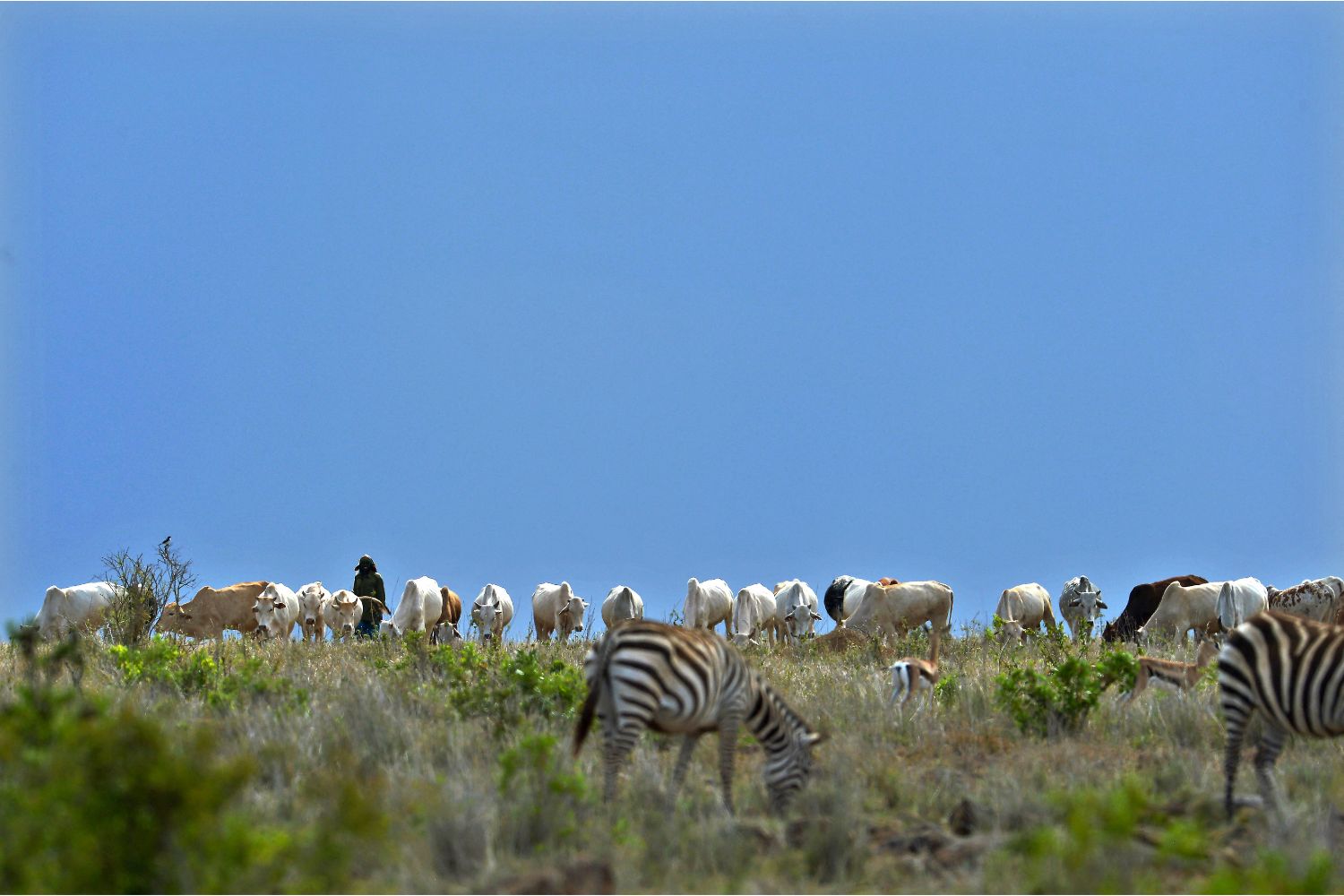Technology in conservation could be a glimmer of hope, but only if data is correctly interpreted.

With climate change and population booms, stepping up conservation efforts across the planet has never been more integral or difficult.
Things could be made easier by taking full advantage of the use of technological innovations available to conservationists, a glimmer of hope that could be a gamechanger for environmental custodians.
Or, it could further complicate things, if data is not interpreted accurately, to the detriment of those living through real-life wildlife crises.
These were the sentiments echoed during the Oppenheimer Generations Research and Conservation webinar, which discussed whether technology could transform conservation in Africa.
ALSO READ: Africa too complicit in watching its wildlife be commercialised
Real-time data
Map-based platforms such as EarthRanger, a software innovation by the Allen Institute for AI which collects information from different sources, is free and particularly useful to conservation organisations.
So far, it has been adopted by over 300 websites in more than 45 countries.
It allows for, among other solutions, patrol management, wildlife monitoring, ecological management, remote monitoring through satellite imagery, and cooperation with other organisations.
The Kenya Wildlife Trust (KWT), for example, has made full use of EarthRanger by allowing it to guide their predator conservation programme.
KWT executive director Irene Amoke explained that the region’s predator-human conflict has seen livestock attacked by big cats, and in retaliation, lions are speared, poisoned and killed.
Promoting coexistence using technology has allowed for interventions such as camera traps, collaring and collecting data in the field to gather real-time information on predators. Communities can then be informed and advised on where to allow livestock to graze, and when to secure them.
ALSO READ: Not a fan of hunting lions? Then you’re not ‘truly African’
Boots on the ground
But technology can also be a hindrance.
Biodiversity economy projects deputy director the the South African National Biodiversity Institute (SANBI), Matthew Child, pointed out that Africa is tasked with conserving a significant portion of the world’s biodiversity while ensuring livelihoods.
Although satellites can be in locations where humans cannot, data can be misused and misinterpreted, further complicating the continent’s conservation efforts.
Child suggested technology play a role as a “conversation starter”, but cautioned not to let it have “the final say”.
Not only is upskilling needed for a large part of the conservation community, boots on the ground still play an integral role, Child explained.
Instead of trying to gather data that may already exist, and creating impressive dashboards that mean very little in the long term, a “bottom-up approach” may be best, he advised.
This approach involves going old school – interacting with people living in areas where wildlife conflict is rife, understanding trade-offs, and considering socio-economic factors.
Technology must have a built-in socio-ecological layer built into it from a conservation perspective, to enable better decision-making.
This, Child summarised, would be more useful for ordinary people most affected by the conservation challenges we are trying to solve.
ALSO READ: ‘The Edge of Existence’: Documentary explores human-wildlife conflict in Africa
Illiciting emotion
Innovation is the main takeaway when relying on technology in conservation, and this was explained in detail by Habitat XR producer Lebo Leitch.
Habitat XR uses augmented reality to tell immersive stories, playing into a concept researched by Stanford University called “telepresence”.
A pilot study conducted by researchers in 2019 used virtual reality (VR) presentations to simulate clinical simulations in nursing students.
Habitat XR uses this concept to virtually transport participants to parts of the world they may not be able to visit – from the Himalayas to the Amazonas – to illicit emotional attachments.
Building empathy makes conservation challenges shown during presentations personal, tricking the mind into illiciting a physical response.
In this way, conserving the planet and species has created notable impact, especially with organisations that approach them to raise funds for conservation efforts.
Some of these include the Marine Megafauna Foundation, the World Wildlife Fund (WWF), and the Diann Fossey Fund, all of which were able to raise enough money to continue their work.
On a continent in a complicated relationship with urbanisation and wildlife, the debate on whether technology is a gift or a curse could be a deciding factor for the future of conservation.
NOW READ: African elephant status change a wake-up call for humans






